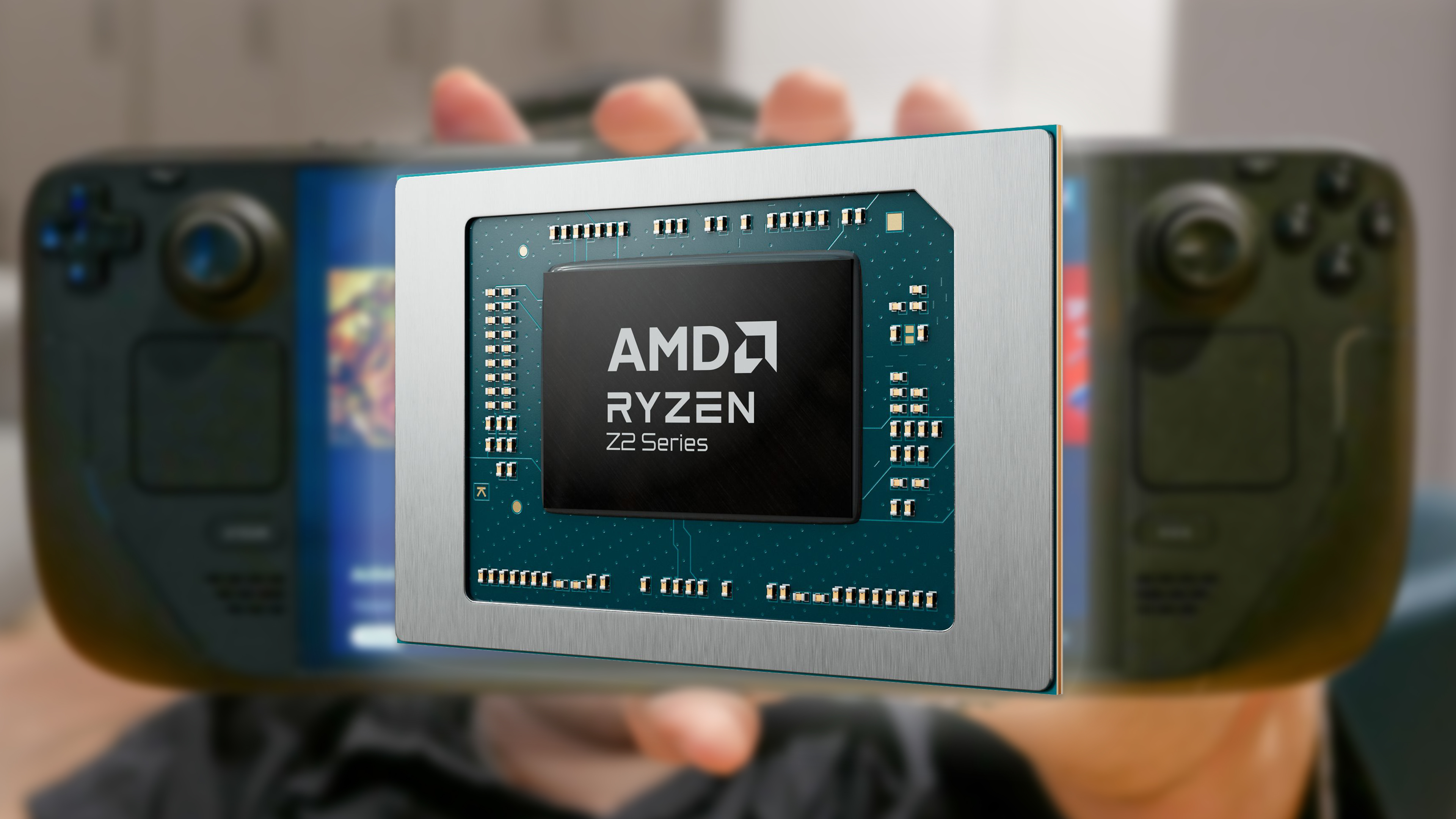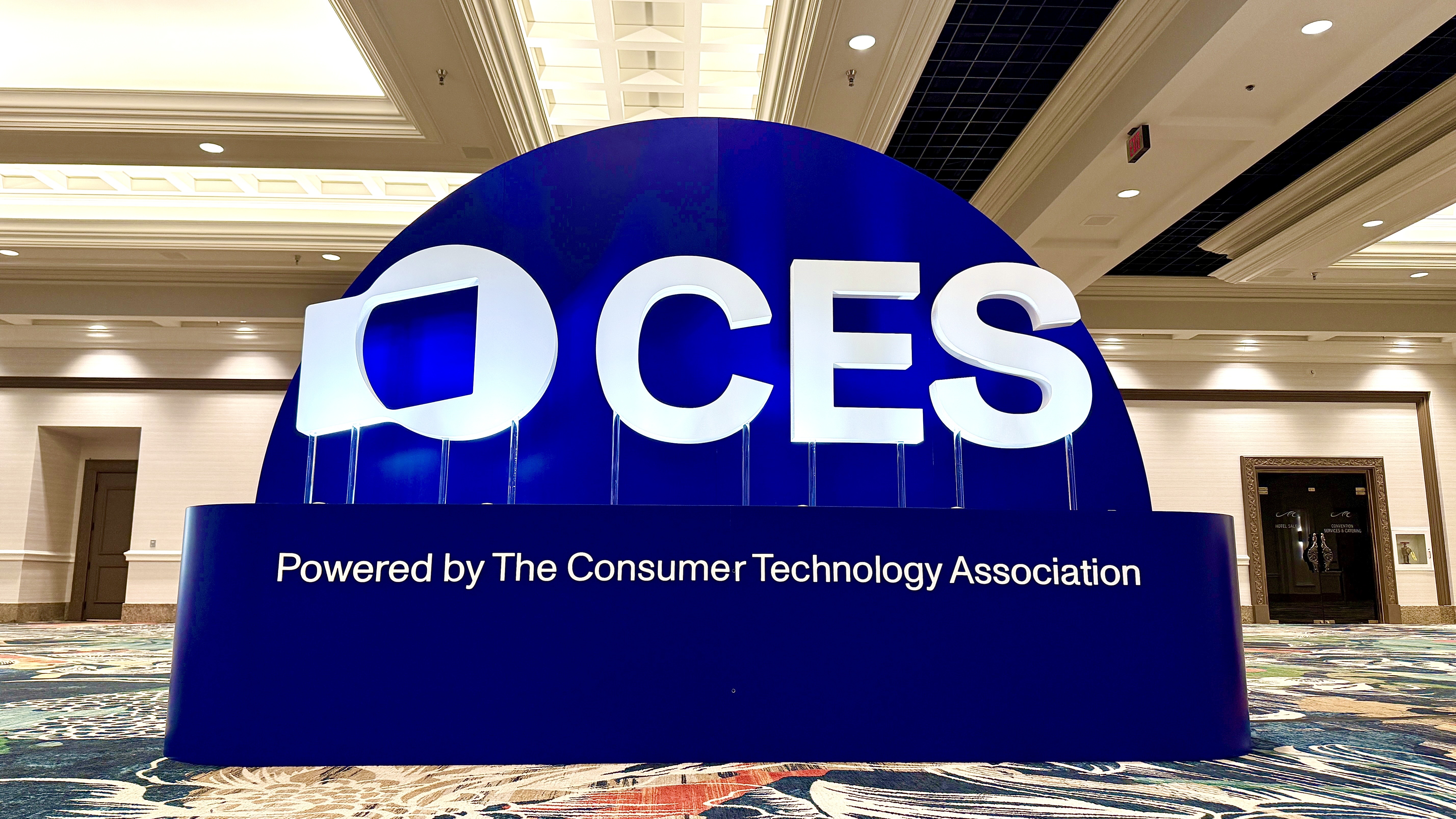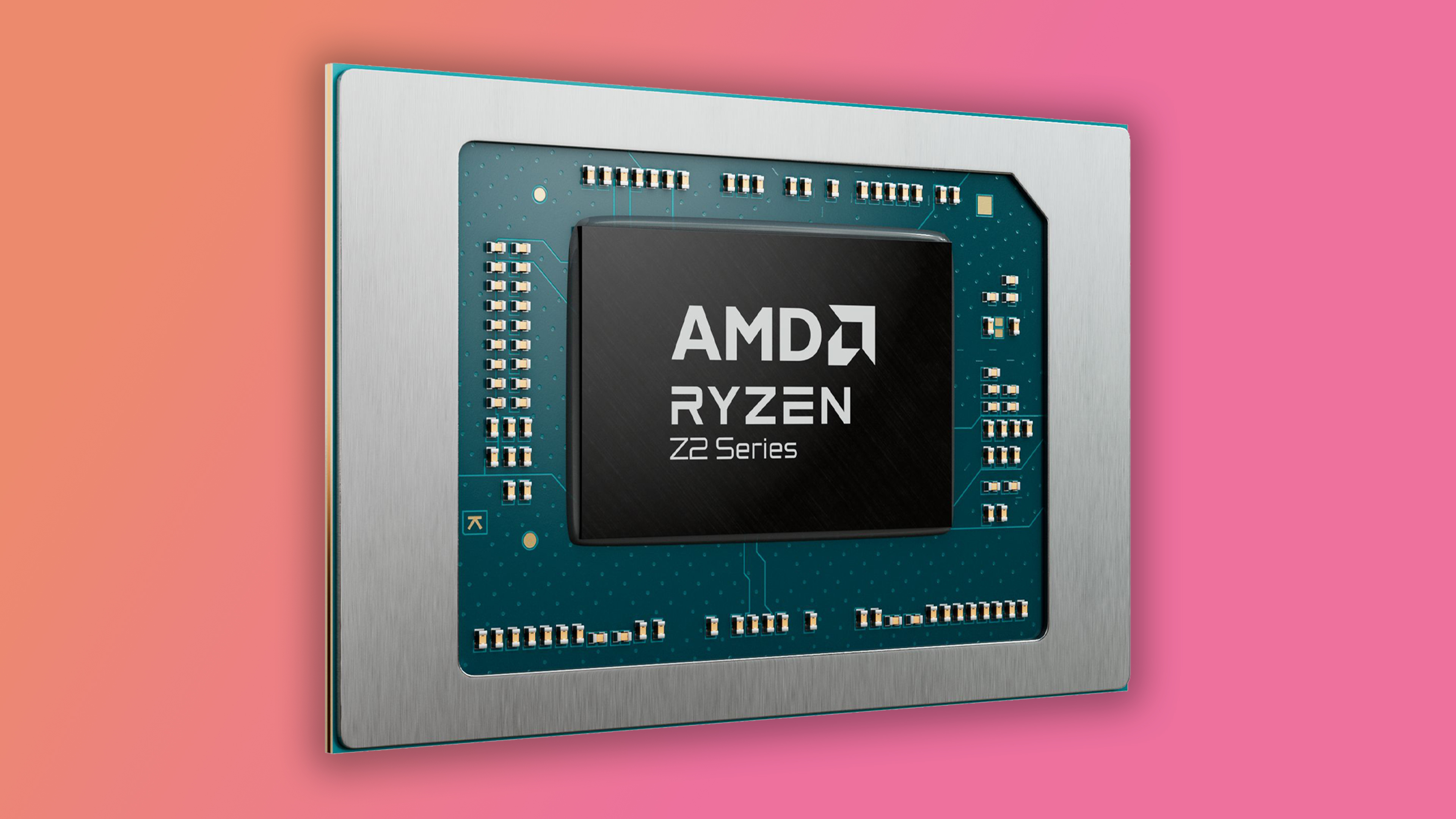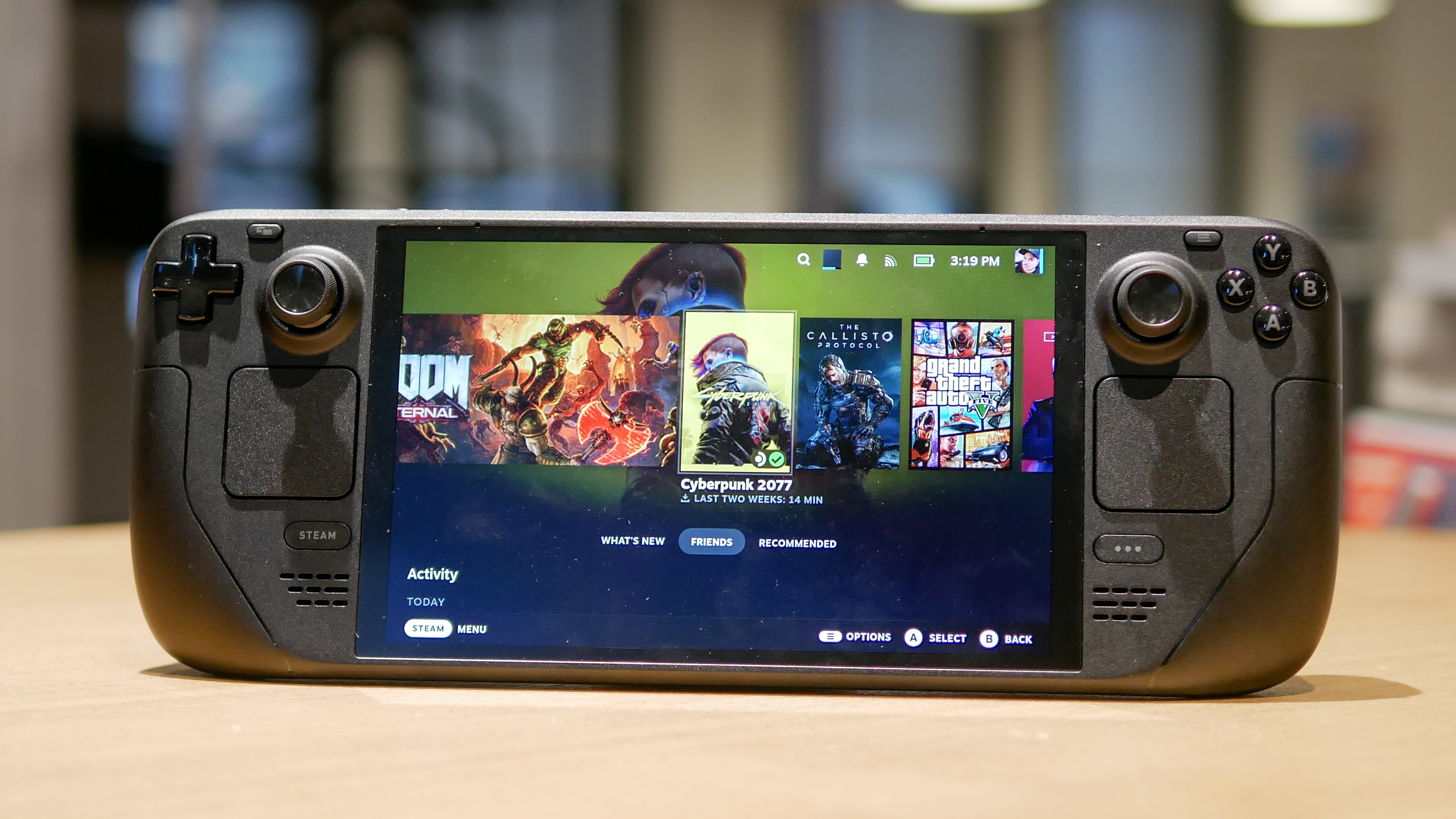
CES 2025 has seen a new level of the silicon wars, but when it comes to PC gaming handhelds, AMD has dominated the market.

Follow our CES 2025 live blog for all the biggest tech and gadget news straight from Las Vegas. And be sure to follow Tom's Guide on TikTok for the coolest videos live from the show.
Not to say others have tried (MSI’s Intel-armed Claw 8 AI+ for example). But the Ryzen Z2 chipsets are purpose built for this kind of gaming — a chip I correctly predicted would launch here by the way!
And looking at these new chips, I was reminded of a quote from a Valve representative saying they would “wait” for the chip power to get to a level the company sees as just right before creating a new system. In my mind, given what I’ve seen, that moment has arrived, and with Nintendo Switch 2 just around the corner, now would be the perfect time.
Meet the Z2 family

With Ryzen Z1 chips, AMD made it very black and white in terms of picking between a mid-range and a top tier APU. For 2025, Ryzen Z2 has three different versions for three very different target audiences.
- AMD Ryzen Z2 Go: This is a new lower-powered entry into the family — sporting only 4 cores and 8 threads running at up to 4.3GHz. This is a perfect configuration for indie games and emulation. However, before you get nervous, this does have 3x more graphics cores than the Ryzen Z1 (12 to be specific), so you’ve not got anything to worry about in terms of GPU prowess.
- AMD Ryzen Z2: Directly replacing the Ryzen Z1, the Z2 has that name 12 graphics cores, but a vastly larger 24MB cache for saving core instructions, 8 cores and 16 threads, and a max boost up to 5.1GHz.
- AMD Ryzen Z2 Extreme: Same number of cores and threads, but the core differences here are a slightly higher top level TDP of 35 Watts (the more power you pump through a chip, the faster it’ll be), and 4 more graphics cores at 16.
End of the day, what you’re getting is a chunky generational leap that improves graphical fidelity while drastically upping battery life by reducing the total consumption of it!
Steam Deck 2 time?

Funnily enough, these are two things I’d want to see improved in the Steam Deck. Not to say Valve’s machine is bad at either of these. But it could be better. And as I saw when putting SteamOS on an Asus ROG Ally X, the performance gains are seriously so impressive that it made a current gen chip feel next gen.
So to put this into a Steam Deck 2 (which by the way AMD did confirm in its presentation that they are working with Valve on hardware as we speak), would be a game changer and could put the rest of the PC gaming handheld market to shame







